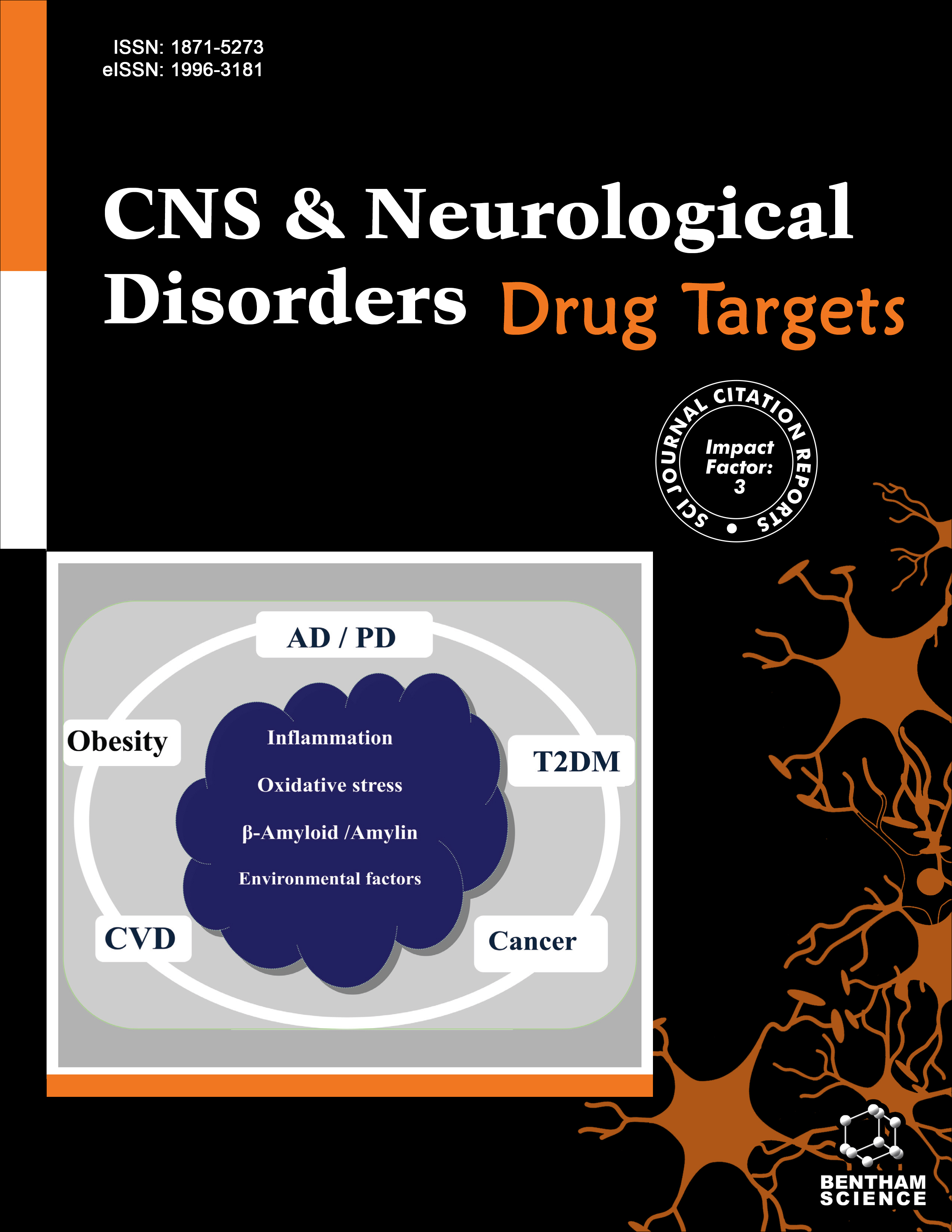
Full text loading...
Autism Spectrum Disorder (ASD) is a neurodevelopmental disorder with a complex, multiple etiology that is marked by impaired social interaction, communication, and repetitive behaviour. There is presently no pharmaceutical treatment for the core symptoms of ASD, even though the prevalence of ASD is increasing worldwide. Treatment of autism spectrum disorder involves the interaction of numerous signalling pathways, such as the Wnt/beta-catenin pathway, probiotics and kynurenine pathway, PPAR pathway, PI3K-AKT-mTOR pathway, Hedgehog signaling pathway, etc. The scientific literature has revealed TWEAK/Fn14 to not be explored in the autism spectrum disorder. In vitro and in vivo, TWEAK can control a wide range of cellular responses. Recent research has revealed that TWEAK and Fn14 are expressed in the Central Nervous System (CNS) and upregulated in perivascular endothelial cells, astrocytes, neurons, and microglia in response to various stimuli, including cerebral ischemia. This upregulation is followed by cell death and an increase in Blood-brain Barrier (BBB) permeability. The study has revealed that Aurintricarboxylic Acid (ATA) acts as an agent that suppresses TWEAK/Fn14 signaling. Similarly, from the discussion, it has been emphasized that the proposed molecular TWEAK/Fn14 signalling pathway can be considered as a therapeutic approach in the management of autism spectrum disorder.

Article metrics loading...

Full text loading...
References


Data & Media loading...

